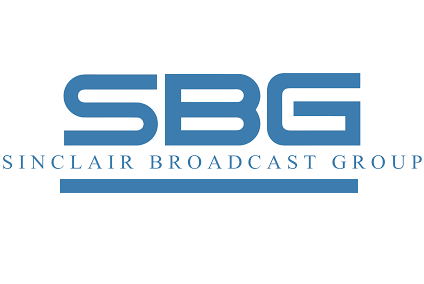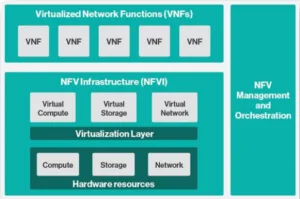 Speaking to a packed house at the NAB BEIT, Sinclair Broadcast Group (SBG) executive Louis Libin described the main elements and continuation of a vision for terrestrial broadcasting in the United States that builds on the ATSC 3.0 standard.
Speaking to a packed house at the NAB BEIT, Sinclair Broadcast Group (SBG) executive Louis Libin described the main elements and continuation of a vision for terrestrial broadcasting in the United States that builds on the ATSC 3.0 standard.
In his talk, which was based on material developed by SBG Vice President of Advanced Technology Mark Aitken, Libin spoke of a new direction for broadcasting, similar to the 5G 3GPP activity of the wireless carriers, which is built upon a system architecture based on software defined networks, network function virtualization (SDN/NFV), and the concept of “Network Slicing.” “As the Next Gen ATSC 3.0 standard is deployed,” said Libin, “ broadcasters can provide many of the service offerings previously limited to wireless carriers.”
The concepts mentioned essentially support an abstraction of physical connections, so that transmitters within a Designated Market Area (DMA) – or even across multiple DMAs – essentially become part of a “virtual network,” which can be reconfigured instantly as business plans and services evolve. In drawing the parallel with 5G, SBG has continued its ongoing new business concept, which is to develop a “broadcast-centric” version of mobile-carrier content delivery, competing (and even possibly dovetailing, we think) with the mobile networks.
One basis for this new paradigm is a white paper published in 2015 by the Next Generation Mobile Networks alliance (NGMN), which proposed that “a new technology and a new system architecture will be required for wireless carriers to be competitive with the web-scale IT players including Google, Facebook, Amazon … ,” and this would be based on “Software defined networking” (SDN) and “network function virtualization” (NFV).
Basic ETSI NFV Model for Cloud Computing
The Sinclair vision contemplates a next generation platform using SDN/NFV that enables sharing and an intelligent programmable “Broadcast Cloud,” which can be termed Broadcast as a Service (BaaS), and which uses a “Neutral Host” as manager. The talk concluded with an admonition that, “Television broadcasting today is tied to an inferior and ‘rusting’ infrastructure, ill-suited to meet the demands of viewers, users and broadcasters. Our industry must evolve to remain relevant ” — agc

